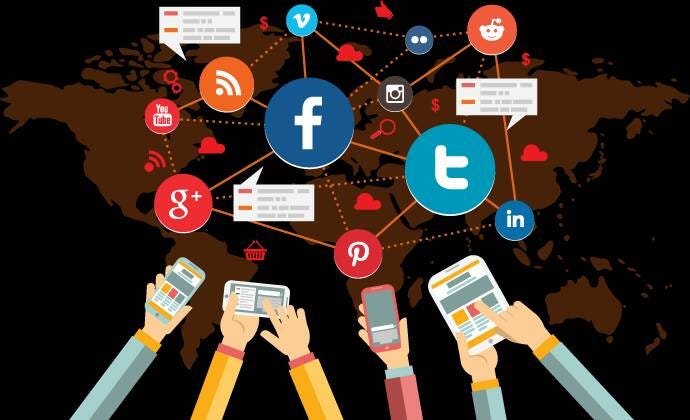
Imagine watching the world burn, not because of an unstoppable virus alone, but because people refused to listen to the truth. Imagine scrolling through your feed and realizing the lies, the conspiracies, and the anger being amplified weren’t just online noise, but the very fuel that set civilization on fire. In Roger Valley’s chilling novel Covid 2025: The X-Variant, this nightmare is not a distant possibility—it is the reality. His story forces us to wrestle with an unsettling question: could social media truly destroy us in a pandemic? The novel doesn’t plunge straight into bloodthirsty zombies. Instead, it begins where real life left off, in the aftermath of the Covid-19 pandemic. Valley paints a picture of leaders fumbling, scientists being ignored, and misinformation sweeping faster than the virus itself. The world grew weary of restrictions and vaccines, and when scientists warned that deadlier mutations could come, their words were drowned out by political grandstanding and viral falsehoods online. The eventual arrival of the X-variant—an unimaginable mutation that kills instantly and reanimates corpses into merciless zombies—seems almost inevitable in such a world. But Valley makes one point painfully clear: the virus alone was not what doomed humanity. It was the way misinformation paralyzed governments, divided communities, and allowed chaos to flourish.
Nowhere is this clearer than in the horrifying Ottawa inferno described in the book. Drawing from echoes of Canada’s real Freedom Convoy, Valley reimagines a protest that terrorists infiltrate and transform into catastrophe. Fuel trucks are turned into weapons, and within minutes Parliament Hill is engulfed in flames, killing thousands. Yet the fire itself is not the author’s sharpest criticism. What followed is more frightening: a flood of lies on social media, pushing the idea that the government itself staged the attack. Instead of uniting against a threat, citizens tore each other apart with blame, suspicion, and rage. Truth was lost, drowned beneath hashtags and manipulated narratives. The terrorists did not only bring bombs—they weaponized Facebook posts and viral tweets. Against this backdrop, the Evans family becomes the emotional center of the story. Bill Evans, a pragmatic father and grandfather, spends his time preparing their lakeside cabin with supplies, ham radios, and contingency plans. To his children, he looks like a paranoid old man, but Bill’s foresight and planning contrast with the self-satisfaction of those who choose to laugh off his warnings. This tension feels painfully familiar, echoing the real divisions families experienced during the pandemic over masks, vaccines, and lockdowns. Valley uses Bill to show that survival is not only about fighting disease—it is about overcoming denial, stubbornness, and the disorienting pressure of a world awash in conflicting information.
There is another dimension to this tragedy, one that Valley portrays with haunting effectiveness: the weaponization of human compassion. In his novel, first responders rush to help the wounded after plane crashes, not realizing that those victims are already zombies. Families embrace infected loved ones, clinging to hope, only to be devoured moments later. People open their doors to the dying, thinking they are saving a life, but instead invite death into their homes. These moments are devastating because they reveal how misinformation and disbelief warp natural instincts. Humanity’s greatest strength—the urge to help—becomes the very mechanism by which the virus spreads. And yet, amid all this chaos, Valley carves out a glimmer of hope. As the world’s official communication networks collapse, it is not Twitter or Facebook that carries salvation but ham radio. Independent operators, far removed from the noise of algorithms and political spin, begin to share accurate, firsthand reports. Communities find each other through shortwave frequencies, exchanging survival tactics and bits of truth that no government briefing or social media post could deliver. The contrast is striking: social media spreads lies that fuel destruction, while old-fashioned radio, run by ordinary people, becomes the lifeline of truth.
Through this balance of despair and resilience, Valley reveals what he really wants readers to see. His novel is not just about zombies or gore. It is a mirror held up to our world, reflecting how fragile our systems truly are. It makes us ask hard questions: what happens when lies are louder than truth? How much of our survival depends on who we choose to believe? And when the next crisis comes—whether it be viral, environmental, or something we cannot yet imagine—will we once again let conspiracies and memes guide our choices? The answer that Valley’s story suggests is chilling. Social media does not create viruses, but it magnifies humanity’s worst instincts: fear, anger, selfishness, and denial. In his fictional apocalypse, people fall because they no longer trust science, because their leaders are too busy listening to online chatter, and because the truth is outshouted by carefully crafted lies. His story is fiction, but it feels like a warning. The scariest part of Covid 2025: The X-Variant is not the zombies who walk and kill. It is the realization that we don’t need them to end the world. All it takes is a virus, a smartphone, and enough people willing to believe the wrong story.